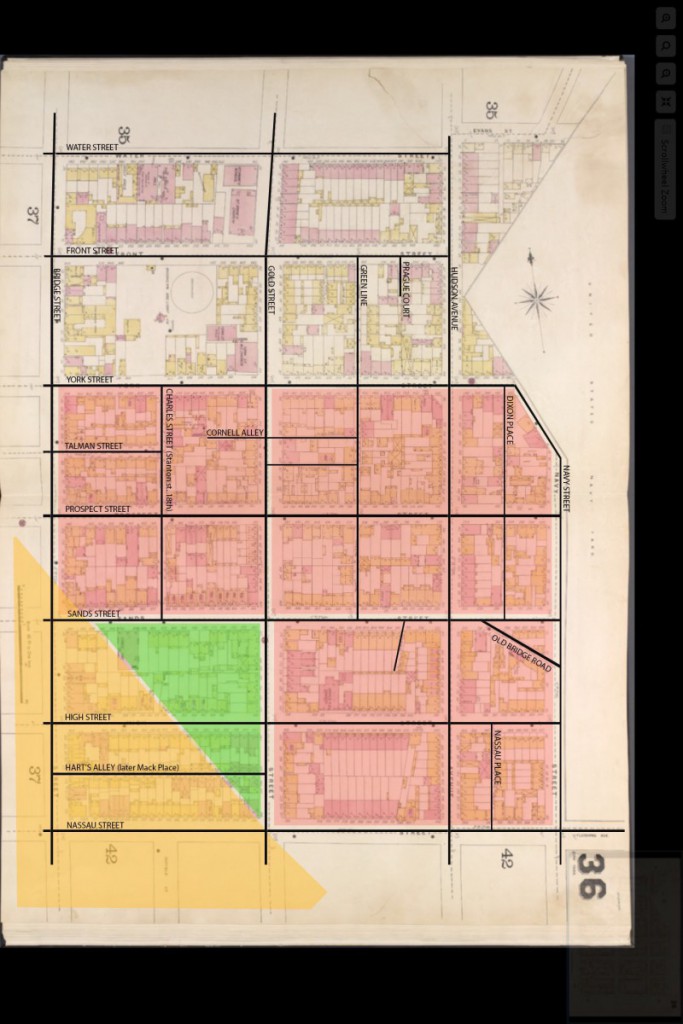At the very beginning of the semester when I was introduced to the Farragut houses, I went in search for primary source and history of the Farragut houses. I ended up in Brooklyn Heights library which is several blocks away from City Tech to gather information, the librarian there gave me one book and suggested that I should go to the Brooklyn Public Library which is the Central, main library for Brooklyn with lots of information on downtown Brooklyn and so I took the 41 bus and headed out, when I got there I was amazed to see this huge building with fine Art work at the entrance and the librarian at the Brooklyn collection was very helpful, nice to me so I appreciated that and that was a plus for me. She took her time and gathered information for me and continued looking for as much information needed .Thanks Ms. Librarian (I forgot her name) I thought that was really nice – I am looking forward to this 3rd Brooklyn Public Library visit.

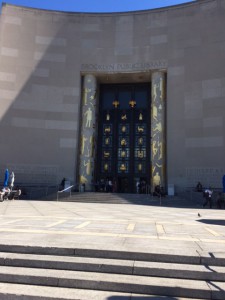
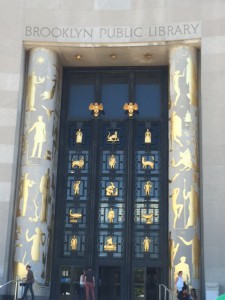
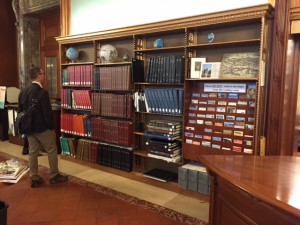
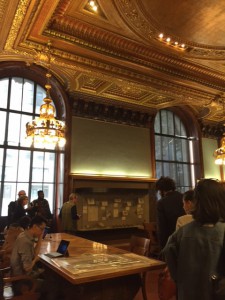

![20151021_123048[1]](https://openlab.citytech.cuny.edu/leonardmontgomerylib2205arch2205fa2015/files/2015/10/20151021_12304812-300x169.jpg)
![20151021_123037[1]](https://openlab.citytech.cuny.edu/leonardmontgomerylib2205arch2205fa2015/files/2015/10/20151021_1230371-300x169.jpg)
